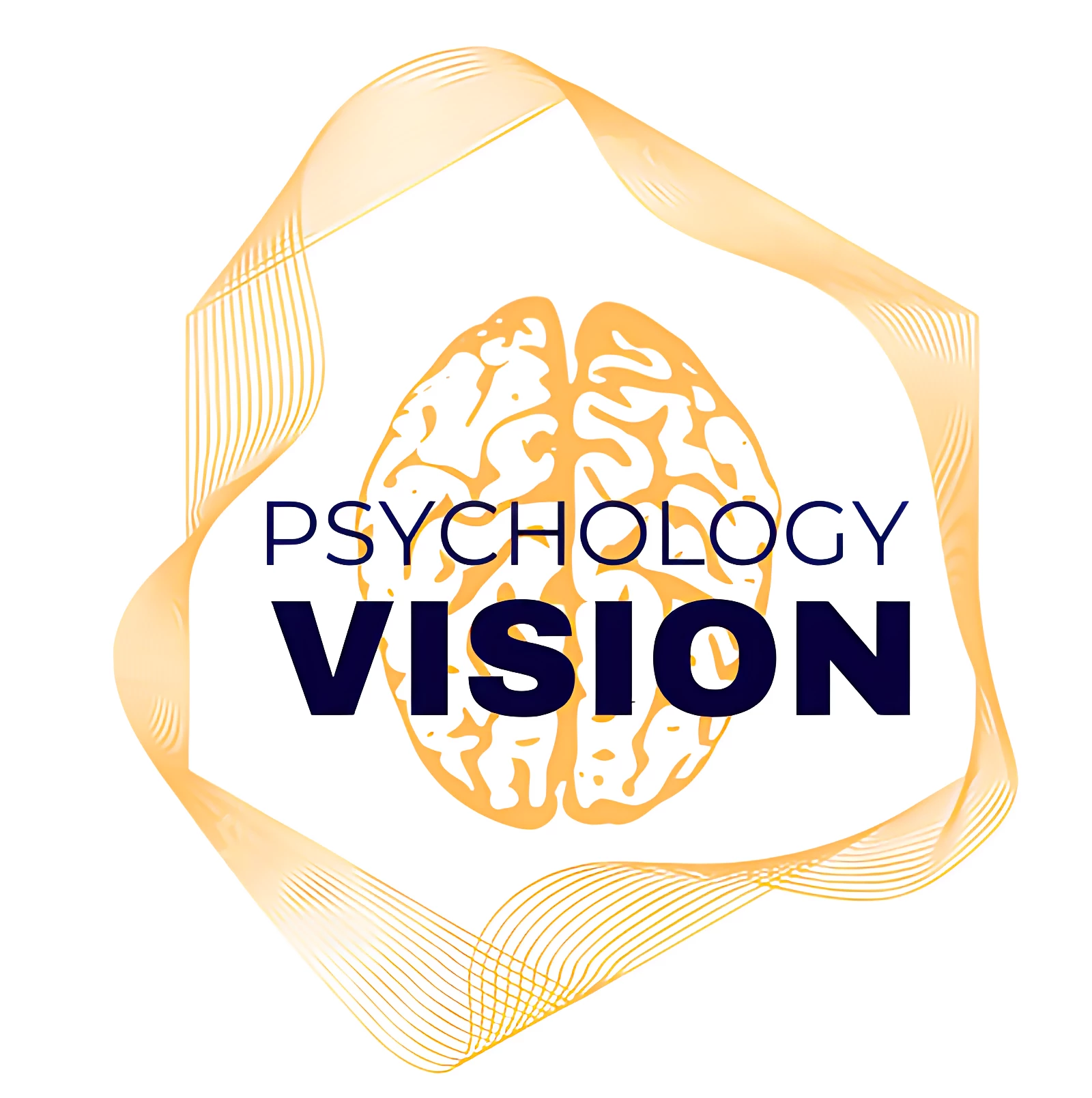What is PTSD?
Post-Traumatic Stress Disorder (PTSD) is a complex mental health condition that can develop following an individual’s exposure to a traumatic event. Such events may include natural disasters, serious accidents, violent assaults, or military combat. PTSD is characterized by persistent symptoms that can significantly impact everyday functioning and emotional wellbeing. Unlike the common stress responses that many individuals may experience after a distressing event, PTSD encompasses a range of specific symptoms that arise over an extended period, often lasting for months or even years.
The psychological impact of trauma cannot be understated. In PTSD, individuals frequently re-experience the traumatic event through intrusive thoughts, nightmares, or flashbacks. These intrusive memories can provoke intense emotional and physical reactions, such as panic attacks, making it challenging for affected individuals to cope with their daily lives. Additionally, avoidance symptoms may manifest, where individuals actively try to distance themselves from reminders of the trauma, which can include people, places, or activities associated with the event.
Another key characteristic of PTSD is the heightened state of arousal, which can lead to irritability, difficulty concentrating, hyper-vigilance, and sleep disturbances. Individuals often report feeling numb or detached from their surroundings and may struggle with interpersonal relationships due to the overwhelming emotions that emerge from their experiences. It is crucial to recognize PTSD as a serious mental health disorder that transcends demographic boundaries, affecting individuals regardless of their age, gender, or background.
Understanding PTSD is essential in promoting awareness and facilitating early intervention. Acknowledging the symptoms and effects of this disorder is vital in providing support for those affected and ensuring they can access appropriate treatment and resources. By examining the multifaceted nature of PTSD, we can foster a more informed perspective on this increasingly prevalent mental health issue.
Diagnosing PTSD: Signs and Symptoms
Post-Traumatic Stress Disorder (PTSD) is a complex mental health condition that arises following exposure to a traumatic event. The Diagnostic and Statistical Manual of Mental Disorders, Fifth Edition (DSM-5), outlines specific criteria for diagnosing PTSD, which include a range of signs and symptoms. Clinicians typically look for experiences that individuals may endure after such distressing incidents.
One primary symptom is the re-experiencing of traumatic events. This can manifest through flashbacks, nightmares, or intrusive thoughts, which may transport individuals back to the traumatic experience, making them feel as though they are reliving it. For instance, a combat veteran might frequently visualize battles, leading to heightened emotional distress in certain environments.
Avoidance behaviors are another key aspect of PTSD. Individuals may go to great lengths to steer clear of reminders of the traumatic incident, whether that be places, people, or activities. An example is someone who was involved in a severe car accident choosing to avoid driving or riding in vehicles, ultimately limiting their daily activities and social interactions.
Negative changes in mood and cognition form the third group of symptoms associated with PTSD. This could result in feelings of hopelessness, severe anxiety, altered beliefs about oneself or others, and emotional numbness. For example, a survivor of abuse might struggle to form new relationships and experience persistent feelings of guilt or shame.
Lastly, increased arousal symptoms, commonly referred to as hyperarousal, may present through irritability, difficulty sleeping, heightened startle responses, and problems with concentration. Such symptoms can disrupt daily life, making it challenging to maintain relationships or perform tasks effectively. Recognizing these symptoms early is crucial, as timely intervention can significantly improve the quality of life for those affected by PTSD.
Causes and Risk Factors of PTSD
Post-Traumatic Stress Disorder (PTSD) is a complex mental health condition that arises following exposure to traumatic events. The development of PTSD is influenced by a variety of causes and risk factors, which can be categorized into triggers, individual differences, and environmental influences. Traumatic events, such as combat exposure, sexual assault, serious accidents, or natural disasters, play a pivotal role in the onset of PTSD. The severity, duration, and proximity to the traumatic experience significantly affect the likelihood of developing symptoms associated with PTSD.
Individual differences also contribute to the risk of PTSD. Genetic predispositions can make some individuals more vulnerable to developing the disorder in response to trauma. For instance, those with a family history of PTSD or other mental health conditions may be at an increased risk. Furthermore, personal history, such as previous exposure to trauma or diagnosed mental health issues, can heighten vulnerability. Individuals who have experienced previous episodes of trauma may have an altered perception of threats and a lower tolerance for stress, which can exacerbate PTSD symptoms.
Environmental factors also play a crucial role in determining susceptibility to PTSD. A lack of a robust support system can hinder recovery and increase vulnerability to developing lingering symptoms. Individuals who perceive their environment as unsafe or threatening may experience heightened anxiety and stress, further complicating their mental health. Additionally, cultural and societal factors, such as stigma surrounding mental health and varying degrees of community support, can influence how individuals cope with trauma and process their experiences.
Ultimately, PTSD arises from a combination of traumatic events, personal attributes, and environmental conditions. Understanding these causes and risk factors allows for a better framework for prevention and treatment strategies aimed at alleviating the symptoms associated with this disorder.
Treatment and Prevention of PTSD
Post-Traumatic Stress Disorder (PTSD) can significantly impact an individual’s daily life, but there are several effective treatment options available to support recovery. Key approaches include psychotherapy methods, such as Cognitive Behavioral Therapy (CBT) and Eye Movement Desensitization and Reprocessing (EMDR). CBT helps individuals understand and modify negative thought patterns associated with trauma, while EMDR facilitates the processing of traumatic memories through guided eye movements, promoting emotional healing. Both therapies are tailored to meet each individual’s needs, emphasizing the importance of personalized treatment plans in addressing the unique experiences of those suffering from PTSD.
In addition to psychotherapy, medications can be an essential component in the management of PTSD symptoms. Selective serotonin reuptake inhibitors (SSRIs), a class of antidepressants, are often prescribed to help alleviate anxiety and depressive symptoms commonly associated with PTSD. Other medications, including mood stabilizers and anti-anxiety drugs, may also be beneficial depending on the individual’s specific symptoms and medical history. Collaboration between healthcare providers, patients, and their families ensures a supportive environment that fosters recovery, highlighting the crucial role of support networks.
Preventing PTSD or minimizing its severity is an essential aspect of mental health strategies. Early intervention strategies, such as crisis counseling and education regarding coping mechanisms, can help individuals at risk process traumatic experiences more effectively. Community awareness initiatives play a significant role in reducing the stigma surrounding PTSD, encouraging individuals to seek help and fostering understanding among friends, family, and peers. By advocating for proactive measures, such as promoting mental health awareness and accessible resources, we can work collectively to reduce the incidence of PTSD and support those who are affected.


